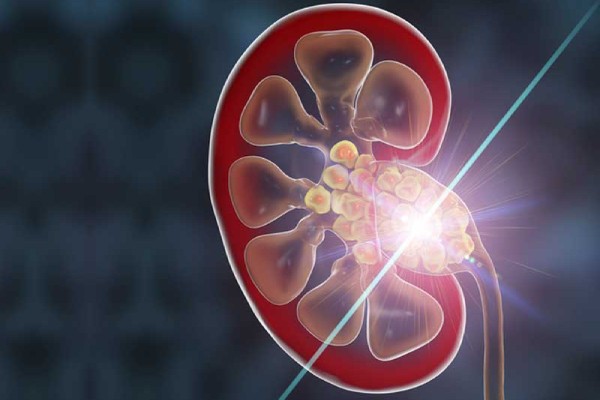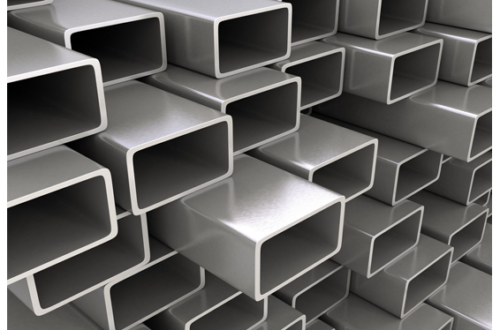Hard deposits of minerals and salts inside the kidneys are called kidney stones. They come in a range of sizes, from small grains to massive stones that are extremely painful. Surgery may be required to remove kidney stones that grow to be too big to pass through the urinary tract normally or that significantly obstruct the passage. This page describes the various kinds of kidney stone surgeries, the steps required, and the recuperation process that patients can anticipate.
How Do Kidney Stones Occur?
Renal calculi, another name for kidney stones, are hard deposits that arise from an imbalance in the components of urine, such as uric acid, calcium, and oxalate. These minerals have the ability to crystallize and group together to create stones that can either stay in the kidney or travel into the ureters, which are tubes that connect the kidneys to the bladder, obstructing them.
When Is Surgery Required for Kidney Stones?
Surgery for kidney stones is typically advised when:
- The stone (usually more than 5 mm) is too big to pass by itself.
- Medication is unable to relieve the excruciating agony caused by the stone.
- Either bleeding or infection is present.
- Urine is not flowing freely because of the stone.
- Even with treatment, the stone has not disappeared after a fair amount of time.
Kidney Stone Surgery Types
Depending on the size, location, and makeup of the stone, several surgical procedures are possible for its removal. Among these methods are:
- Lithotripsy with extracorporeal shock waves (ESWL).
Synopsis: For kidney stones, one of the most popular non-invasive treatments is extracorporeal shock wave lithotripsy (ESWL). Large stones are broken up into smaller bits that can be naturally moved through the urinary tract using shock waves.Procedure: Using imaging methods like X-rays or ultrasounds, shock waves are aimed at the kidney stone as the patient lies on a table or cushion filled with water during ESWL. The stone is broken up into tiny pieces by the shock waves, and over the next few days or weeks, the pieces flow through the urine. - Ultrateroscopy.
Overview: A minimally invasive treatment called ureteroscopy is performed to treat kidney or ureter stones. To find and remove the stone, a thin, flexible scope called aureteroscope is sent through the bladder and urethra and into the ureter.Procedure: A small basket or other specialized equipment are used to retrieve the stone once the ureteroscope reaches it. A laser can be used to break up the stone if it is too big to remove in one piece. After that, the pieces are either eliminated or flown through the scope naturally.Recovery: Patients who have ureteroscopy typically only need a little length of time to recover, going back home the same day. The ureter may be temporarily stentted (a tiny tube inserted) to guarantee appropriate urine flow and avoid obstructions. After surgery, the stent is often taken out a few days to a week later.
Overview of Open Surgery:
Today, minimally invasive methods are the norm for kidney stone removal, hence open surgery is rarely performed. Open surgery might be required, though, if the stones are really big or if there are additional issues.
Procedure: To access the kidney and manually remove the stone, open surgery requires making a wider incision in the side or back. Typically, this process is saved for complicated instances that don’t respond to other approaches.
Recovery: After open surgery, patients usually need a hospital stay of several days and a recovery period of 4-6 weeks, which is longer than with other kidney stone removal treatments.
Following Surgery: Recovery and Care
Patients undergoing cirugía cálculos renales need to adhere to particular post-operative guidelines in order to facilitate a speedy recovery and stop new stones from developing.
- Drink plenty of water: After kidney stone surgery, it’s important to drink plenty of water to help flush out any leftover stone pieces and lower the chance of developing more stones in the future. It is typically recommended to patients to consume 8–12 glasses of water per day.
- Pain Control: Following surgery, mild to severe pain is typical, particularly when passing debris. Prescription or over-the-counter painkillers can help control this discomfort.
- Modifications to Diet: Kidney stone prevention is largely dependent on diet. Depending on the kind of stone (calcium, oxalate, or uric acid), medical professionals could advise limiting particular meals or drinks. Future stones can be avoided with a diet low in salt, high in foods high in oxalate, and high in animal protein.
- Levels of Activity: After surgery, most patients are able to resume modest activities in a few days; however, until the doctor gives the all-clear, heavy lifting and vigorous exercise should be avoided. The type of operation performed determines the recovery period.
Rescheduled Meetings.
It’s essential to schedule routine follow-up consultations to track recovery and make sure problems don’t develop. Imaging studies could be carried out to look for any surviving pieces or indications of freshly produced stone.
Preventing Kidney Stones in the Future
Kidney stone recurrence is frequent, thus long-term health depends on taking preventive measures. Among the tactics are:
- consuming a lot of water throughout the day to stay hydrated.
- food adjustments dependent on the kind of kidney stone that had previously developed.
- drugs that physicians recommend to lower the risk of kidney stones.
- routine medical examinations to track kidney health.
Conclusion
With the advent of minimally invasive procedures like ureteroscopy, PCNL, and ESWL, kidney stone surgery has advanced significantly and is now able to provide patients with safe and efficient treatment alternatives. Depending on the kidney stone’s size, location, and complexity, each surgical technique has advantages.
Although recovery is usually quick, precautions like staying hydrated, making dietary adjustments, and getting regular medical care are crucial to lower the chance of recurrence. Kidney stones can be successfully treated and prevented, enabling patients to swiftly and with little discomfort return to their regular lives.





